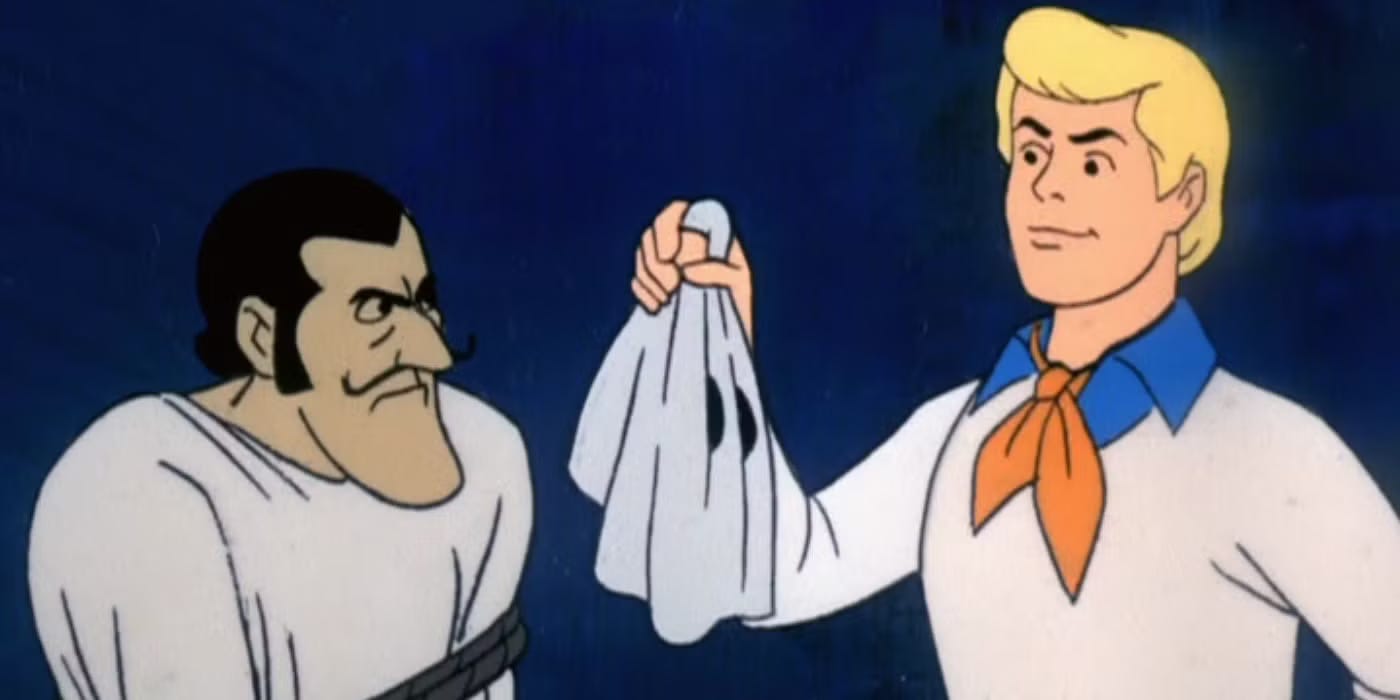McDonald’s is facing its biggest U.S. sales drop since the pandemic. Will $5 meal deals and Adult Happy Meals be enough to stop the bleeding?
McDonald’s is hurting in 2025. The fast food giant saw a 3.6% drop in same-store sales in the U.S. for Q1—its worst domestic showing since the COVID crash of 2020. Globally, same-store sales dipped 1%, and revenue slid 3% to $6 billion. Net income dropped 3% as well, hitting $1.9 billion.
According to a USA Today report published May 2, McDonald’s execs blame economic headwinds: rising interest rates, inflation, and uncertainty tied to Donald Trump’s new round of tariff announcements from April 2025. CFO Ian Borden said plainly that lower- and middle-income consumers just aren’t showing up like they used to.
This decline reflects what many Americans are feeling. X user @BrandonM96 posted on May 3, “Game prices are $80, rent is insane, and people can barely afford groceries.” That budget crunch is making people think twice about grabbing a Big Mac combo.
What’s McDonald’s Doing to Fix It?
The Golden Arches is leaning on two proven strategies: value and nostalgia.
In late April, the chain rolled out a $5 Meal Deal: a sandwich, fries, drink, and McFlurry. Business Insider reports that it’s aimed squarely at customers feeling the economic pinch. It’s not just about low prices—it’s about making the brand feel accessible again.
Meanwhile, McDonald’s revived its Adult Happy Meals, now rebranded as “McNostalgia Meals.” These come with a Big Mac or 10-piece McNuggets, fries, a drink, and a collectible toy—usually tied to Marvel characters or classic McDonaldland mascots. According to a May 1 announcement on McDonald’s website, it’s all about “bringing back the joy of childhood.”
These moves aren’t random. In 2023, the Cactus Plant Flea Market Adult Happy Meal campaign boosted U.S. sales by 20%, per QSR Magazine. It worked then. McDonald’s is hoping lightning strikes twice.
Will It Work This Time?
The fast-food battlefield is more intense than ever. Wendy’s is pushing a $3 breakfast combo that’s gotten serious traction. Burger King isn’t far behind with its own value promos. And operational costs—labor, beef, packaging—are up across the board.
That said, McDonald’s is pulling from its marketing playbook. Brand Vision notes the brand excels at limited-time offers (LTOs) like the McRib to create hype and repeat visits. It’s also leaning into regional flavors, like spicy McNuggets in the Southwest. Plus, the McDonald’s app is offering loyalty perks like free fries with a $1 purchase. Digital orders now make up 30% of U.S. sales.
The strategy? Keep people coming back without gutting profits.
What Now?
McDonald’s isn’t in full panic mode yet—but this is a serious warning sign. A 3.6% U.S. drop is a big deal for a chain that’s often seen as recession-proof.
The question is whether a combo of cheap eats and nostalgic toys can bring back foot traffic. The $5 deal checks the value box. The McNostalgia Meals hit the emotional one. But it may take more than childhood memories and discount burgers to dig out of this McSlump.
Stay tuned. The Golden Arches might need to get even more creative.
Sources:
-
“McDonald’s Sales Drop as Inflation, Tariffs Weigh on Consumers”, USA Today, May 2, 2025
-
“McDonald’s Launches $5 Meal Deal to Combat Sales Slump”, Business Insider, April 30, 2025
-
“McNostalgia Meals: Adult Happy Meals Return”, McDonald’s Website, May 1, 2025
-
“How Limited-Time Offers Drive McDonald’s Sales”, QSR Magazine, 2023
-
“The Magic Behind McDonald’s Marketing Strategy”, Brand Vision, accessed May 4, 2025
-
“Wendy’s $3 Breakfast Combo Gains Popularity”, Fast Food Post, April 2025
-
X post by @BrandonM96, May 3, 2025
News compiled, edited, and fact-checked by Derek Gibbs and Edgar B. for D/REZZED from Clownfish TV.







































